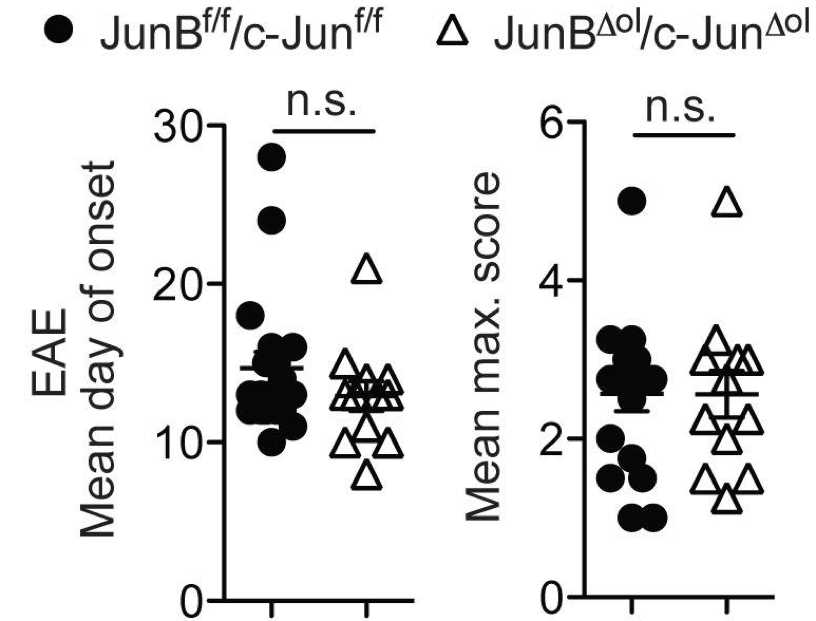Comparative Analysis of Measurement Data
As an experienced data analysis provider, CD Genomics provides comprehensive statistical analysis services for two or more sets of measurement data related to clinical or basic medical research according to the needs of doctors or scientific researchers.
Introduction
 In clinical or basic medical research, different data are recorded. Among them, measurement data refers to continuous data, usually with specific values, such as clinical height, weight, blood pressure, hemoglobin, and bilirubin, etc., and in basic medical research to compare the serum ferritin, blood lead value, dissolution time of different drugs between patients and normal people, the number of days of survival of experimental mice after cancer, and the score of nursing effect. Different statistical analysis methods are adopted for different data types, such as t-test, rank-sum test, etc.
In clinical or basic medical research, different data are recorded. Among them, measurement data refers to continuous data, usually with specific values, such as clinical height, weight, blood pressure, hemoglobin, and bilirubin, etc., and in basic medical research to compare the serum ferritin, blood lead value, dissolution time of different drugs between patients and normal people, the number of days of survival of experimental mice after cancer, and the score of nursing effect. Different statistical analysis methods are adopted for different data types, such as t-test, rank-sum test, etc.
- The T-test, also known as the Student's t-test, is mainly used for samples that have a small sample size and whose distribution conforms to a normal distribution. The t-test is to use the t-distribution theory to infer the probability of the difference, so as to compare whether the difference between two averages is significant. It is the most common hypothesis testing method used in medical papers to deal with quantitative data.
- The rank sum test is a commonly used test method in non-parametric statistics, in which "rank" is also called rank, that is, the sum of the above sequence numbers is called "rank sum". The rank sum test is a method of hypothesis testing using the rank sum as a statistic.
Choose the Appropriate Statistical Analysis Method
Two sets of data:
1. Large sample data or small sample data that obey a normal distribution.
- If the variances are homogeneous, make a group t-test.
- If the variances are not uniform, do t-test or use grouped Wilcoxon rank-sum test.
2. For small sample skew distribution data, use the Wilcoxon rank-sum test of the group.
Multiple sets of data:
1. If the large sample data or obey the normal distribution, and the variance is homogeneous, then make a completely random analysis of variance. If the statistical test of the analysis of variance is statistically significant, then conduct further statistical analysis: select the appropriate method (such as: LSD test, Bonferroni test, etc.) to compare pairwise.
2. If the skewed distribution data or variance of a small sample is not uniform, Kruskal Wallis' statistical test is performed. If the statistical test of Kruskal Wallis is statistically significant, then conduct further statistical analysis: select the appropriate method (such as: use the Wilcoxon rank-sum test in groups, but use the Bonferroni method to correct the P-value, etc.) for pairwise comparison.
 Fig 1. The unpaired t-test method is used to statistically analyze the number of days of onset and the maximum clinical EAE score of the control group and the experimental group. (Bettina S, et al. 2015)
Fig 1. The unpaired t-test method is used to statistically analyze the number of days of onset and the maximum clinical EAE score of the control group and the experimental group. (Bettina S, et al. 2015)
What We Offer
In order to fully cover the data analysis needs of clinicians or scientific researchers, CD Genomics provides one-stop data analysis services, from original experimental data to data analysis, and then to report complete results. What the customer needs to do is to provide the original data. We rely on deep technical precipitation, efficient computing capabilities, safety standards, and strong data processing capabilities to provide customers with satisfactory data analysis services. For our services, if you have any questions, please feel free to contact our professional technical support. We are always ready to provide you with satisfactory services.
Our workflow

Reference
- Bettina S, et al. Deletion of Jun Proteins in Adult Oligodendrocytes Does Not Perturb Cell Survival, or Myelin Maintenance In Vivo[J]. PLoS One. 2015; 10(3): e0120454.
* For research use only. Not for use in clinical diagnosis or treatment of humans or animals.
Online Inquiry
Please submit a detailed description of your project. Our industry-leading scientists will review the information provided as soon as possible. You can also send emails directly to for inquiries.
